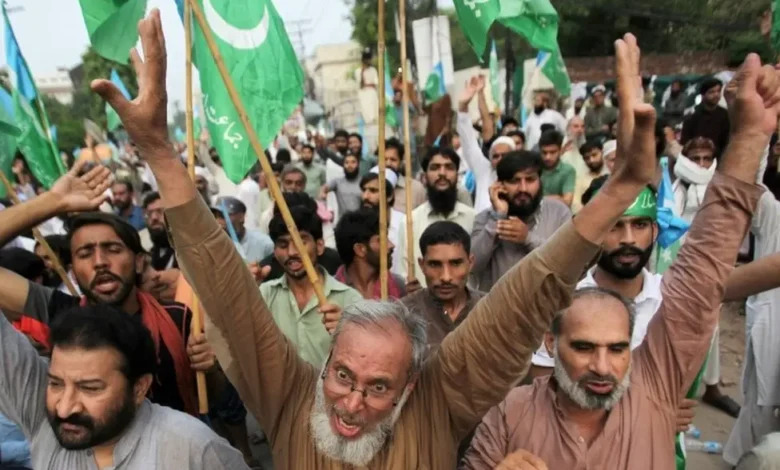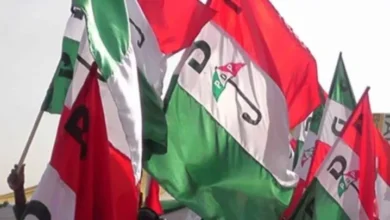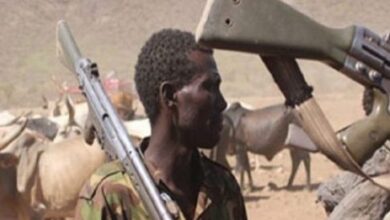Kashmir: Why India and Pakistan continue to clash over it

The decades-long Kashmir dispute between India and Pakistan has once again taken a deadly turn following a deadly militant attack in April 2025, raising fears of renewed conflict between the nuclear-armed neighbours.
The attack, which claimed 26 civilian lives near the Indian resort town of Pahalgam, marks the worst violence against civilians in the region in over two decades.
India government swiftly blamed Pakistan-based militant groups for the assault and responded with targeted missile strikes on suspected militant camps across the Line of Control (LoC) in Pakistan-administered Kashmir.
Pakistan launched retaliatory airstrikes in response, prompting international concern over the potential for broader military escalation in the already volatile region.
A conflict rooted in history
Kashmir, a Muslim-majority region in the Himalayas, has been at the heart of the India-Pakistan conflict since both nations gained independence from British colonial rule in 1947.
Under the partition plan, Kashmir was allowed to join either India or Pakistan.
Its then-Hindu ruler, Maharaja Hari Singh, chose to accede to India following an invasion by tribal forces from Pakistan, igniting the first Indo-Pakistani war.
The United Nations intervened and called for a plebiscite, contingent upon demilitarisation—a process that never materialised.
Since then, India and Pakistan have fought three wars, two of them directly over Kashmir.
The line of control and a divided region
Today, Kashmir remains divided between Indian-administered Jammu and Kashmir and Pakistan-administered Azad Kashmir and Gilgit-Baltistan.
Both countries claim the region in its entirety.
The LoC functions as the de facto border, but it is frequently the site of cross-border shelling and military skirmishes.
Despite a ceasefire agreement in 2003, violations are common, and the region remains heavily militarised.
Insurgency and the 2019 turning point
In 1989, a separatist insurgency erupted in Indian-administered Kashmir, resulting in tens of thousands of deaths.
India has long accused Pakistan of arming and training militants, a charge Pakistan denies.
In 2019, Indian Prime Minister Narendra Modi’s government revoked Article 370 of the constitution, removing the region’s special semi-autonomous status.
The move triggered widespread unrest, arrests, and a communications blackout. Though militant activity subsided temporarily, political tensions remained high.
2025 attack rekindles fears
The recent militant assault on civilians has shocked both local residents and international observers.
Tourists had returned to the valley in large numbers in recent years, encouraged by declining violence and new development efforts.
India’s retaliatory strikes targeted what it described as terror infrastructure across the LoC. Pakistan condemned the action as a violation of its sovereignty and warned of serious consequences.
Foreign governments, including the United States and the United Nations, have urged both countries to exercise restraint and return to diplomatic engagement.
Stalled peace process
Efforts to resolve the Kashmir dispute through dialogue have repeatedly stalled. A brief thaw occurred in 2014 when Pakistani Prime Minister Nawaz Sharif attended Modi’s swearing-in ceremony.
However, subsequent militant attacks derailed talks and hardened positions on both sides.
Since 2017, formal negotiations have been suspended, with cross-border tensions managed only through back-channel communications and military hotlines.
Conclusion
As the Kashmir conflict enters a new and dangerous phase, the international community is once again calling for dialogue and de-escalation
With both nations maintaining rigid stances and recent bloodshed reigniting old grievances, prospects for lasting peace remain distant.
Post Views: 35





